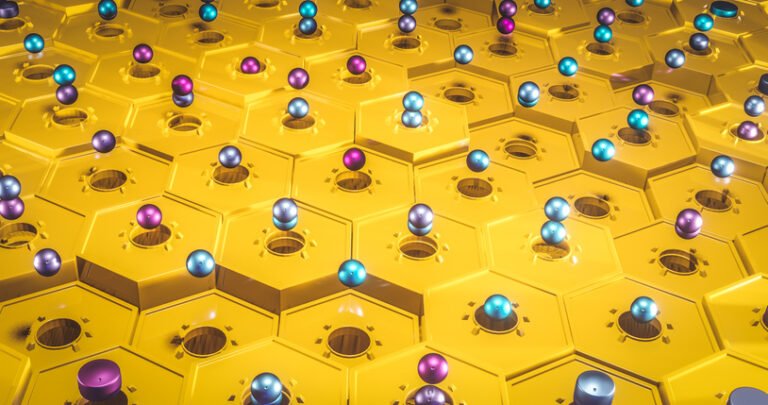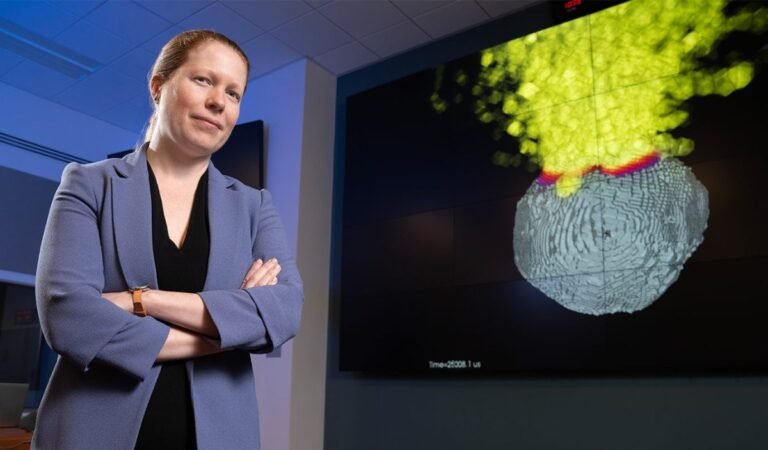
With the launch of TC’s AI newsletter, we’re sunsetting This Week in AI, the semiregular column previously known as Perceptron.
But you’ll find all the analysis we brought to This Week in AI and more, including a spotlight on noteworthy new AI models, right here.
The group published an open letter on Tuesday calling for leading AI companies, including OpenAI, to establish greater transparency and more protections for whistleblowers.
(Reward models are specialized models to evaluate the outputs of AI models, in this case math-related outputs from GPT-4.)
Should generative AI replace most knowledge workers within three years (which seems unrealistic to me given AI’s many unsolved technical problems), economic collapse could well ensue.

The market for high-level quantum computer science — which applies quantum principles to manage complex computations in areas like finance and artificial intelligence — appears to be quickening its pace.
In the latest development, a startup out of San Sebastian, Spain, called Multiverse Computing is announcing that it has raised €25 million (or $27 million) in an equity funding round led by Columbus Venture Partners.
The funding, which values the startup at €100 million ($108 million), will be used in two main areas.
“Multiverse’s exceptional team will soon apply their unparalleled capability to deliver quantum and quantum-inspired software solutions also within the life sciences and biotechnology markets, where Columbus Venture Partners will help to identify unmet market needs and high-profile industrial partners,” Javier Garcia, a partner at Columbus Venture Partners, in a statement.
Others competing in the same space include the Alphabet spinout Sandbox AQ, Quantum Motion, and Classiq.

If you’re someone who loves an internet hype cycle, good news: There’s a new group of scientists who claim to have discovered a near-room-temperature superconductor.
(It should be noted that most of these people do not appear to be scientists let alone condensed-matter physicists.)
The one that grabbed the most headlines — LK-99 — dominated the internet for a few weeks over the summer before succumbing to the scientific method.
Another one, detailed in a paper co-authored by Ranga Dias and others, made a splash in March only to be subject to a retraction in September.
This new material picks up where LK-99 left off, which isn’t really an auspicious starting point.

As if last year’s fabulous Dual Asteroid Redirection Test firing a satellite bullet into an asteroid wasn’t enough, now researchers are doing detailed simulation of the nuclear deflection scenario envisioned in 1998 space disaster film Armageddon.
At Lawrence Livermore National Lab, a team led by Mary Burkey (above) presented a paper that moves the ball forward on what is in reality a fairly active area of research.
The problem is that a nuclear deflection would need to be done in a very precise way or else it could lead (as it did in Armageddon) to chunks of the asteroid hitting Earth anyway.
In particular, understanding whether or not an attempted deflection mission will break apart an asteroid has been a long-standing question in the planetary defense community.
Every detailed, high-fidelity simulation and every broad sensitivity sweep brings the field closer to understanding how effective nuclear mitigation would be.

Nothing compares to flipping through a print magazine, but E Ink’s latest color tech is nearing the mark – at least from my perspective. Staring at screens for too long…








